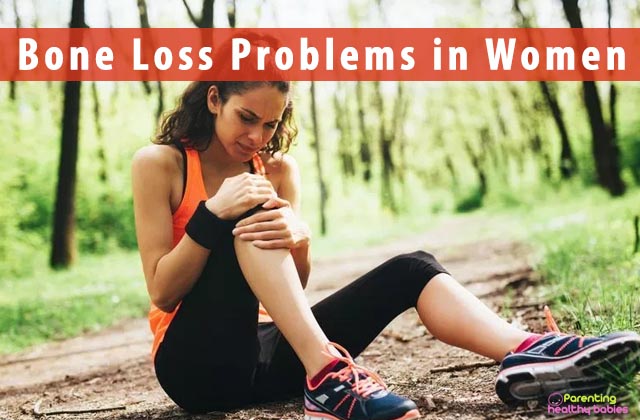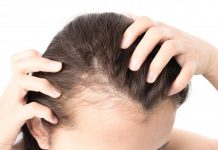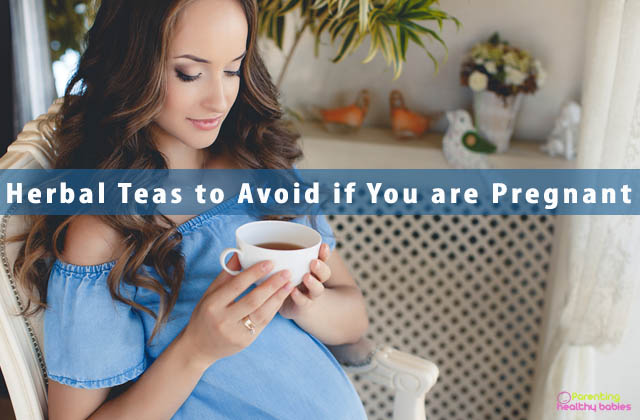Bones are living connective tissues which support our body with blood supply and active metabolism. They make our skeleton and act as storehouse for minerals like calcium and phosphorous that our body needs. Strong bones are important for health.
Bone loss is known as Osteoporosis. It is a disease where bone becomes weak, porous and fragile as your body may reaborb calcium and phosphate from your bones instead of keeping these minerals in your bones. This leads to-
- Low bone density
- Loss of bone mass
- Bone fractures (broken bone) commonly occur in the hip, spine and wrist
- Dcrease stength of bone
- Thinning and deterioration of bone
That’s unfair but being women puts you at risk of developing osteoporosis then men. According to International Osteoporosis Foundation estimates that it affects about 200 million women worldwide. Women over age 50 have a higher risk of osteoporosis than younger women. Approximately one in two women over age 50 will break a bone because of osteoporosis. Women start with lower bone density than male and they lose bone mass more quickly as they age leading to more bone loss. Between the ages of 20 and 80, the average woman loses one-third of her hip bone density, compared to a bone density loss of only one-fourth in men.
Bone Loss: Things Women Need to Know
There are certain reasons why women are more likely to get osteoporosis than men-
- Estrogen is a hormone that helps regulate a woman’s reproductive cycle. With that it plays a key role in keeping bones strong and healhty. It decreases sharply when women reach menopause, which cause bone loss.
- Premenopausal women have more estrogen than men, they will have more decrease in estrogen production due to menopause and experience bone loss at that time.
- Women tend to have smaller and thinner bones than men.
Signs and symptoms
osteroporosis can be present without any signs and symptoms because it does not cause until the bone breaks (fractures). As bone loss occurs without any symptoms it is often called as Silent disease. When patients is generally not aware of it until they suffer from a painful fracture. Some symptoms can be seen like-
- Backache
- Gradual loss of height
- Stopped posture
- Sloping shoilders
- Curve in the back
- Fractures of the spine, wrist or hip
Causes
Bone loss occurs when more old bone is reabsorbed than new bone is created. The main cause of bone loss in women is lack of estrogen. Menopause is accompanied with this. Other causes that may contibute are-
- Women with thin bones and small body frames
- Younger women not having menstural periods for a long time
- Amenorrhea that is loss of the menstural period
- Bilateral oophorectomy that is surgical removal of ovaries
- Women with multiple risk factors and low bone density have an especially high risk of hip fracture
- Broken bones
- Inadequate intake of calcium
- Lack of vitamin D
- Chronic kidney disease
- Sitting for too long and lack of weight bearing exercise
- Cigarette smoking
- Anorexia or bulimia nervosa
- Alcohol consumption
- High levels of thyroid and parathyroid hormones
- Malnutrition
- Cushing’s disease
- Rheumatoid arthritis
- Chronic inflammation
- Chemotherapy
- History of osteoporosis
- Overuse of medications like corticosteroids, anticoagulants, proton pump inhibitors, antidepressant, amticonvulsants and thiazide diuretics
Research shows that Caucasian and Asian women are more likely to develop osteoporosis than women of other ethnic backgrounds.
Diagnosis
It is done by measuring the bone mineral density and using conventional radiography. It is most commonly performed using dual energy x-ray absorptiometry.
Diagnosing osteoporosis in young women usually involves-
- Medical history
- Physical examination
- Bone mineral density
- Lab tests
- X-rays
A bone mineral density test is indicated for-
- Women age 65 and older
- Women with numerous risk factors
- Menopausal women who have had fractures
Treatment
it aims to-
- Maintain helathy bone mineral density and bone mass
- Prevent fractures
- Reduce pain
- Slow or prevent the development of osteoporosis
There are some medications which be taken to treat this-
- Biphosphates are the most common medications provided. They slow down bone loss and reduce fracture risk. These include Alendronate (Fosamax), Risedronate (Actonel), Ibandronate (Boniva) and Zoledronic acid (Reclast).
- Estrogen agonists or antagonists also known as selective estrogen receptor modulators (SERMS) which reduce the risk of spine fracture in women after menopause. These include raloxifene (Evista).
- Calcitonin prevent spinal fracture in post menopausal women and regulate calcium level by builiding bone mass. These include calcimar and miacalcin.
- Teriparatide (forteo) which stimulate bone formation. It is injectable form of parathyroid hormone.
- Denosuman (xgeva) is an immune therapy and a new type of treatment to reduce the risk of osteoporotic fracture in women.
- Menopausal hormone therapy is Often used to treat menopausal symptoms and help to prevent bone loss. The Food and Drug Administration recommends taking menopausal hormone therapy at the lowest dose that works for your menopause symptoms for the shortest time needed.
Prevention
As you get older, your bones don’t make new bone fast enough to keep up with the bone loss. And after menopause, bone loss happens even more quickly. But you can take steps to slow the natural bone loss with aging and to prevent your bones from becoming weak.
- Calcium is essential for bones and ensuring an adequate calcium intake is important. Dietary sources include milk, cheese, yogurt, green leafy vegetables, cereals.
- Vitamin D plays a key role as it helps the body absorb calcium. Dietary sources includefortified foods, saltwater fish and liver.
- Limiting alcohol intake for healthy bones.
- Avoid smoking as this decrease estrogen levels in women and raises risk for broken bones.
- Doing regular weight-bearing exercise such as walking, running or dancing to build and strengthen your bones.
Conclusion
Osteoporosis affects mostly older women, but prevention starts when you are younger. No matter your age, you can take steps to build bone mass and prevent bone loss. For women a drop in estrogen at the time of menopause is a major cause of bone loss. The goal of the treatment is to prevent fractures. One of the best ways to prevent weak bones is to work on building strong ones. Building strong bones during childhood and the teen years is important to help prevent osteoporosis later.













